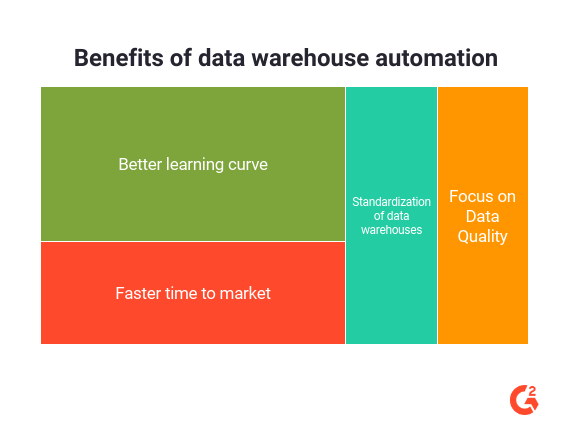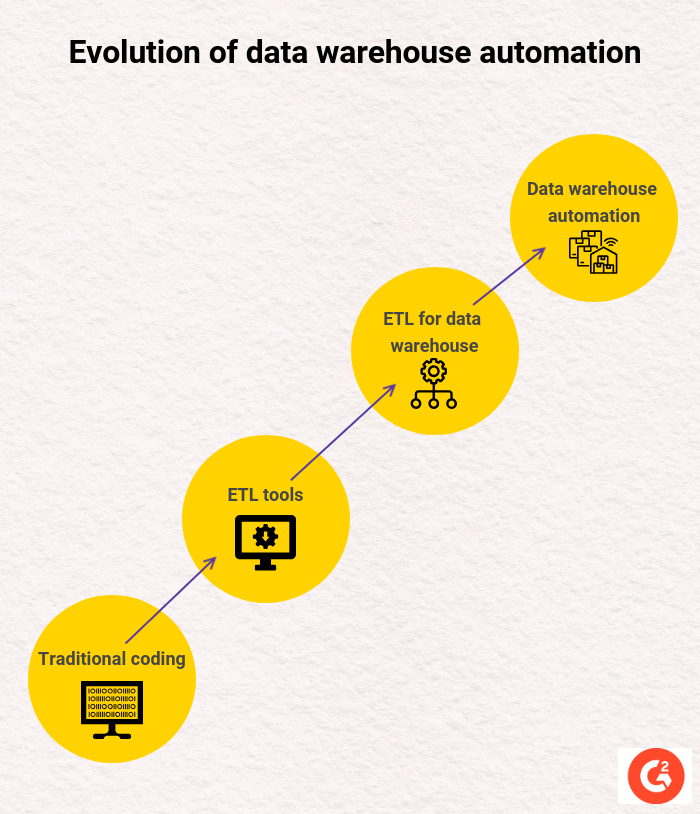The data warehouse software market is booming. According to a report by Yellowbrick, it is estimated that the size of this market will be over $30 billion by 2025.
The question is—what is causing the data warehouse market to grow at such unimaginable levels?
Two words: unstructured data.
What is Unstructured Data?
Unstructured data is information that has no predefined model. Emails, transactional data, chats, social media content, multimedia, videos, text messages, and even scrolling through one’s Instagram feed, are all a part of unstructured data.
The growth of the smartphone era coupled with the social media boom gave rise to enormous amounts of data that did not have any predetermined schema associated with it.
Traditional data warehouses are failing to keep up
With the advent of big data and the need to manage it, data warehouse software has become an integral part of the data integration and management process. This software is powerful—it acts as a central repository that manages all the data, which is further connected with several additional external software such as analytics platforms and BI tools to transform data into information.
Several companies are now upgrading their goals and strategies to use this information across cross-functional teams and processes, and make data-driven decisions.
But managing data, whether structured or unstructured, is a complex task.
With disparate data sources that could be located across different functions, teams, and geographies, it becomes difficult to manage all things data using data warehouses. Traditional data warehouses have been notoriously known to be manual, complex, and quite slow. So, companies across the globe were looking for better ways to ease the process of managing such large amounts of data and reached a similar conclusion: automation.
What is Data Warehouse Automation Software?
Data warehouse automation software streamlines and automates the entire data warehouse lifecycle. Key processes of data warehouse software such as data discovery, provisioning, designing, developing, deploying, and scaling are performed automatically to reduce operational complexities and save time.
Automation leads to efficiency, and that is precisely what this software aims to do. Data warehouse automation solutions focus on identifying and removing the manual part of several data processing tasks and support continuous refinement.
One of the biggest benefits of data warehouse automation is that employees now have more time to focus on critical business decisions and strategies. The software further helps save time by offering in-built templates or modeling patterns to ensure automation functionality. Repetitive work is brought down to a minimum, and software engineers and data warehouse specialists can now focus on strategic parts of the data warehouse, and how it truly supports the business.
Several data warehouse automation tools have documentation features as well to help businesses be more efficient in tracking data flows.
According to real user reviews on G2, WhereScape is a top vendor featuring in the Niche quadrant of G2’s Data Warehouse Automation GridⓇ. A report from the vendor shared that data warehouse automation tools boost developer productivity fivefold. Almost 80% of the data warehouse lifecycle can be automated, which means IT teams can focus on quick data delivery to drive changes across the business landscape.
| TIP: It is important to note that data warehouse automation software does not in itself conduct any of the above processes, it focuses on the automation of the processes like data processing, transformation, and data ingestion. |
Data warehouse automation software makes life easier
The software comes with a host of benefits to assist companies on their digital transformation journey with data.

| Benefits: |
|
Data warehouse automation vs. ETL: How do they differ?
Extract, transform and load (ETL) tools focus on the “extract, transform and load” process—these tools transfer data between databases. ETL tools are primarily used to transform data sets to operationalize via querying and analysis, whereas data warehouse automation software automates all data-related processes from start to finish.
Automating ETL? Now that’s where data warehouse automation would come in!

Source: Astera
How is data warehouse automation relevant today?
Unprecedented changes have coerced companies to look at business processes from a different perspective. Deriving insights from raw data to make strategic decisions aligned with company goals have become a must. Organizations need to be confident when making decisions, even when the environment keeps changing rapidly.
According to the Yellowbrick ITDM data warehousing survey, 76% of survey respondents shared that they are investing more into their analytics platform even in light of a turbulent business climate. As part of the survey, respondents were asked “What are your highest analytics-related IT budget priorities in 2021?”, and a whopping 53% chose data warehouse modernization, including cloud journeys. In another global survey on the status of data warehouse modernization by the Business Application Research Center, 44% of respondents find the lack of agility in the data warehousing development process as the most pressing issue being faced.
Results of these surveys point out two repeated yet important facts:
- Data analytics is important, and businesses are looking to data warehouses to help support this.
- Building an agile methodology is what forms the core principle of data warehouse automation.
The digital transformation era will ensure that companies adopt automation across different processes, and this should also include data warehouse automation software. Adding a data warehouse automation software not just eases up the process of data warehousing, but also focuses on data quality, cost and time savings, and allows teams to focus on the bigger picture—building solid data-backed company goals.
Empowering business users to focus on the bigger picture
In the road to digital transformation, a deep dive into the key features of data warehouse automation software is necessary. G2 has recently added a new Data Warehouse Automation category to help businesses explore this new market, and find, choose, and compare various data warehouse automation tools.
As data keeps growing and the number of data sources becomes more disparate, having data warehouse automation software will help companies efficiently manage their data, saving both time and cost.
Want to learn more about Data Warehouse Solutions? Explore Data Warehouse products.

Preethica Furtado
Preethica is a Market Research Manager and Senior Market Research Analyst at G2 focused on the data and cloud management space. Prior to joining G2, Preethica spent three years in market research for enterprise systems, cloud forecasting, and workstations. She has written research reports for both the semiconductor and telecommunication industries. Her interest in technology led her to combine that with building a challenging career. She enjoys reading, writing blogs and poems, and traveling in her free time.
